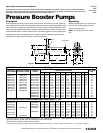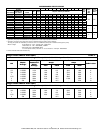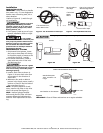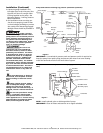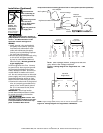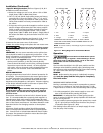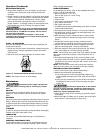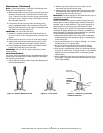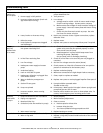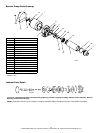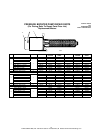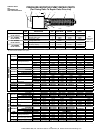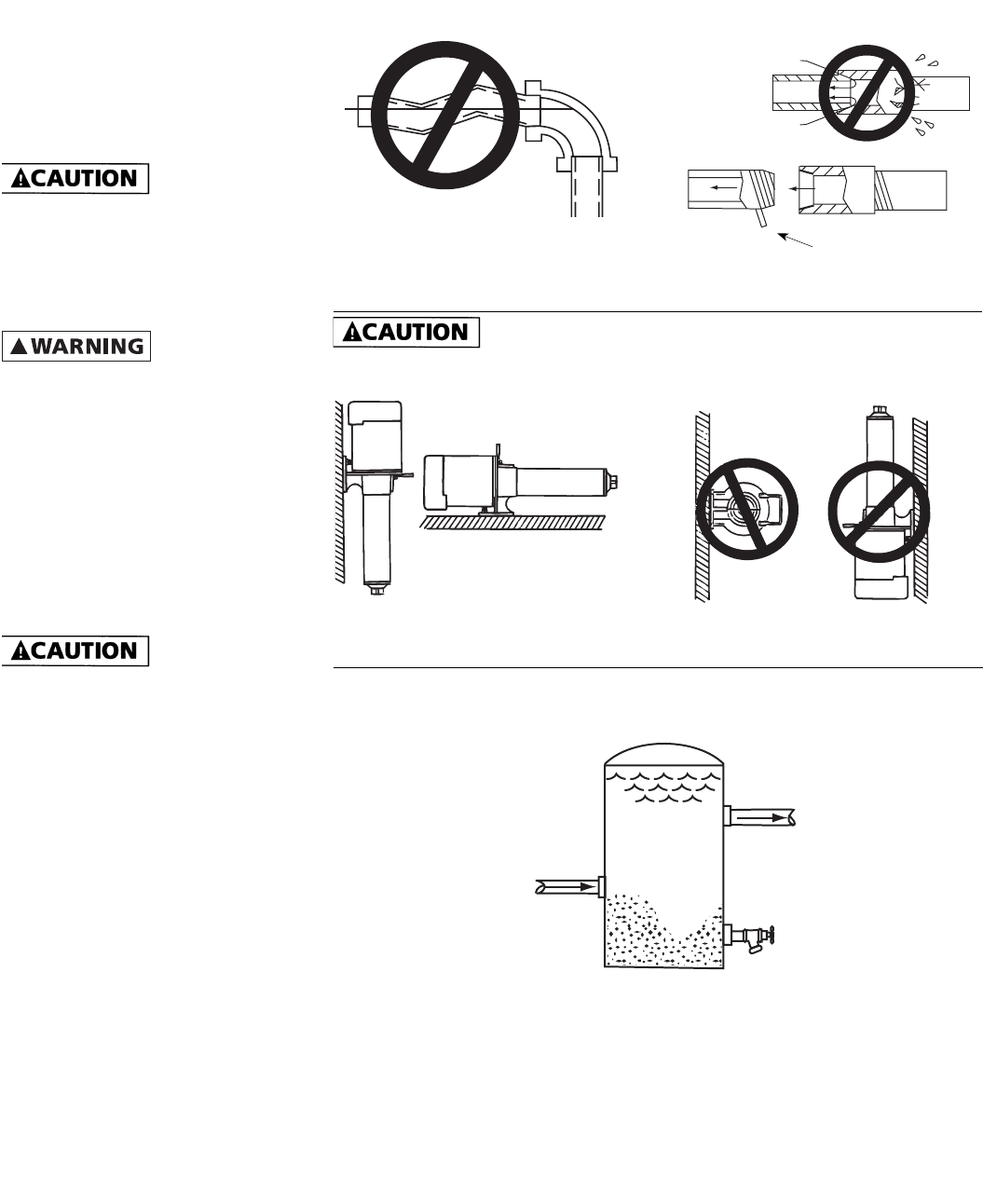
5
FLINT & WALLING, INC. • 95 North Oak St. • Kendallville, IN 46755 • www.flintandwalling.com
Mount pump in correct position or pump failure will result.
Figure 2 - No Air Pockets in Inlet Pipe
Figure 3 - Inlet Pipe Must Not Leak
Figure 5
IMPORTANT: Clean all filters and strainers on a regular schedule.
IL0418
IL0419
IL0420
No Sags
Sags Allow Air Pockets
No Air Leaks In
Inlet Pipe
Pipe Joint Compound
Will Damage Plastic
If Air Flows
Water
Won’t
If Air Pockets Form,
Water Won’t Flow
Use Teflon Tape
IL0315
Correct
Incorrect
Figure 4A Figure 4B
IL0421
SAND AND SEDIMENT TRAP FILTER
Outlet
Clean Out
Standard Pressure
Tank - 42 Gallon Or
Larger
Inlet
Sand Settles To The Bottom
Installation
PUMP INSTALLATION
IMPORTANT: Pump is built to handle
clear water only; it is not designed to
handle water containing sand, silt or
other abrasives.
1.Refer to Figures 6, 7, and 8 for typi-
cal installations.
Support pump and
piping when assembling and when
installed. Failure to do so may cause
piping to break, pump to fail, motor
bearing failures, etc.
2. If the pump is used as part of a per-
manent installation, bolt to a rigid
foundation.
!
Use only compo-
nents that are rated for maximum pres-
sure pump can produce when used in
boosting system or any other system.
Do not exceed the total maximum
pressure boost as listed per model in
Performance Charts B.
PRESSURE BOOST SYSTEMS
1. On pressure boost systems, locate
the pump so that there will always
be a positive supply of water to the
pump (See Figures 6, 7 and 8).
2. For service convenience, install a
gate valve and union in the inlet
and discharge line.
Do not use a globe
valve or other restricting type of valve
that will seriously restrict the pumps
discharge capacity.
3. Install a check valve as shown in
Figure 6. Be sure check valve flow
arrows point in the direction of
water flow.
4. Whenever dirt, sand or debris is
present in the supply water, install a
strainer or filter on the inlet side of
the pump (See Figure 7).
NOTE: For heavy amounts of sedi-
ment, install a trap filter on the inlet
side of the pump (See Figure 5).
NOTE: Pressure gauges installed
before and after the filter will show
pressure differential indicating the
need for filter replacement or clean-
ing.



